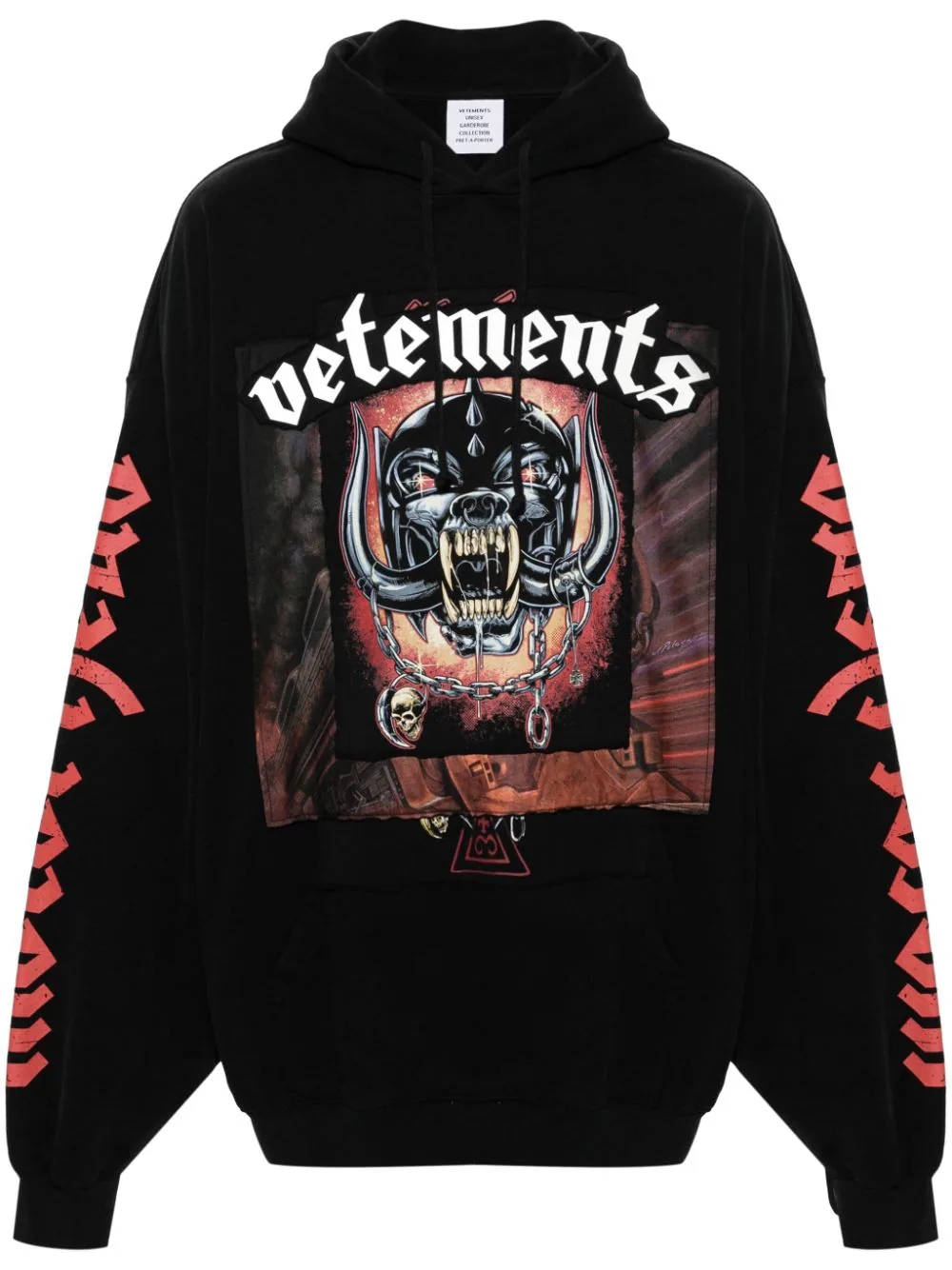Vetements Redefining Luxury with Rebellion and Streetwear
In the world of fashion, few brands have had as much of an immediate impact as Vetements. Founded in 2014 by Demna Gvasalia, who is also known for his role as the creative director of Balenciaga, Vetements quickly became a brand synonymous with deconstruction, subversion, and a rebellious spirit. Through its unique designs, the label has redefined what modern luxury can look like, merging streetwear with high fashion in a way that challenges traditional norms.
The Origins of Vetements
The name Vetements which means “clothing” in French, says a lot about the brand’s ethos. It’s a simple, no-nonsense term, reflecting the brand’s dedication to clothing that transcends the fashion industry’s often-exclusive, glamorous boundaries. The brand emerged from a collective of designers, including Demna Gvasalia, his brother Guram, and several other key figures, such as former Margiela collaborators. This collective approach to design was a departure from the individualistic, single-designer-led fashion houses of the time.
Vetements first gained significant attention with its Autumn/Winter 2015 collection, where the brand turned heads by offering oversized garments, deconstructed pieces, and unexpected items like DHL T-shirts, which read like tongue-in-cheek social commentary. The collection’s punkish, irreverent nature and its emphasis on raw, “real-world” clothing was not just about looking different, but about challenging the very nature of what fashion could represent. The DHL T-shirt, a bold statement piece, created a furor as it featured a simple, familiar corporate logo, making it a perfect example of Vetements’ ability to subvert expectations.
The Influence of Streetwear
Vetements’ success coincided with the rise of streetwear, and many have noted the brand’s ability to seamlessly blend this urban aesthetic with high-end luxury. Where traditional luxury brands once ruled the runway with tailored suits and pristine couture, Vetements chose to work with everyday items — hoodies, sneakers, oversized jackets, and graphic tees — turning them into luxury statement pieces.
By taking garments that were previously considered lowbrow and elevating them to the level of couture, Vetements sparked an important conversation about value in fashion. The idea that what was once deemed “disposable” could become a luxury item was both revolutionary and a direct critique of the fashion establishment. The brand’s designs questioned the need for exclusivity and pretension in high fashion, inviting a broader, younger, and more diverse audience into the luxury market.
This democratization of fashion wasn’t just about pricing but also about a new kind of inclusivity in how clothes were worn and who could wear them. Vetements hoodie offerings were oversized and unisex, allowing them to transcend gender and traditional body standards. The brand’s designs became synonymous with an urban youth culture that was equally interested in comfort and expression, rather than conforming to a specific mold.
The Impact on Luxury Fashion
While Vetements has always maintained a distinct identity, it has undoubtedly had a significant influence on other luxury brands. Demna Gvasalia’s approach to fashion has been a breath of fresh air, particularly at Balenciaga, where he brought similar subversive ideas, combining high fashion with casual, utilitarian wear. The “dad sneaker” trend, which Gvasalia popularized at Balenciaga, can be traced back to the subversion of streetwear aesthetics that Vetements championed.
The incorporation of oversized silhouettes, bold logos, and a deliberate “anti-fashion” approach at Vetements created an environment where more traditional luxury brands had to rethink their approach to fashion. Brands that once focused exclusively on exclusivity and opulence began to incorporate elements of streetwear — oversized cuts, graphics, and sneakers — into their collections.
More importantly, Vetements highlighted the growing shift in consumer attitudes. Today’s fashion consumers are not only concerned with the artistry of design, but also with the social commentary that comes with wearing a brand. With its audacious and often provocative designs, Vetements became a symbol of how fashion can engage in a broader cultural conversation, breaking away from the conventional codes of haute couture and embracing the fluidity of contemporary style.
Vetements and Its Cultural Relevance
One of the key elements of Vetements’ success lies in its cultural relevance. Demna Gvasalia and his team consistently demonstrate a keen awareness of the world beyond the runway — politics, technology, and global issues — and integrate these themes into their collections. For instance, Vetements’ approach to sustainability, seen in their reuse of vintage garments and collaborations with second-hand stores, resonates with younger generations that are more environmentally conscious.
Furthermore, Vetements has worked with cultural figures and popular brands, aligning itself with the worlds of art, music, and social movements. Collaborations with the likes of Reebok, Levi’s, and even the French luxury retailer Dover Street Market have helped elevate the brand’s cachet, solidifying its position as a fashion powerhouse. But Vetements’ success doesn’t simply lie in its collaborations; it’s in how it captures the zeitgeist, crafting designs that reflect the turbulent times we live in — be it through satirical slogans, oversized fits that challenge traditional beauty standards, or the exploration of identity in a rapidly changing world.
Looking to the Future
As the fashion industry continues to evolve, Vetements’ influence remains undeniable. The brand’s ability to merge street culture with luxury, along with its ability to speak directly to contemporary social issues, ensures its continued relevance. As Gvasalia pushes forward with his creative direction, both at Vetements and Balenciaga, the future looks promising for a brand that has forever altered how we think about fashion. Vetements has set a precedent for a new kind of fashion — one that challenges, evolves, and continues to break the rules.
In a world that often places value on exclusivity, Vetements stands out by questioning what is valuable and why. It is not just about creating garments; it is about creating a conversation. By embracing and challenging culture, Vetements has become not just a fashion label, but a force within the global cultural landscape.c













Post Comment